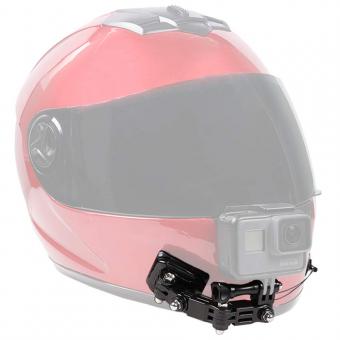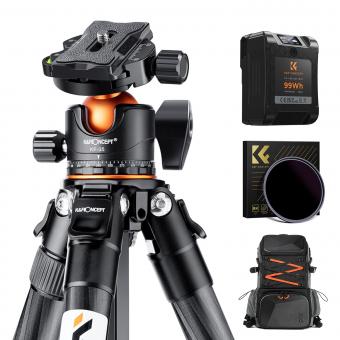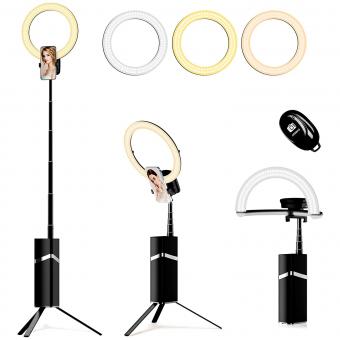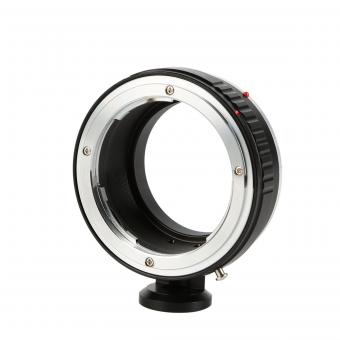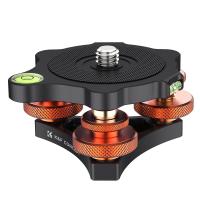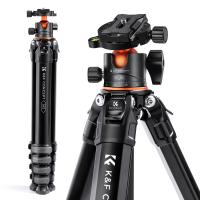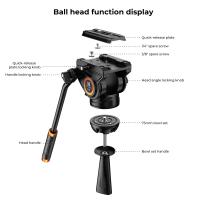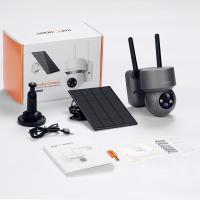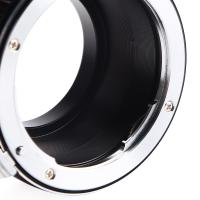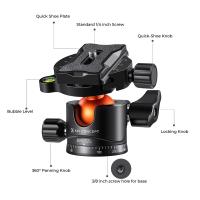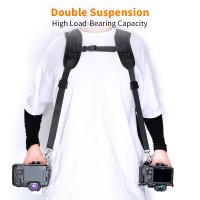How To Do Tripod Stand ?
The tripod stand is a yoga pose that involves balancing on your hands and feet with your body in an inverted V-shape. To do the tripod stand, start on your hands and knees with your wrists directly under your shoulders and your knees under your hips. Then, tuck your toes under and lift your knees off the ground, straightening your legs as you do so. Walk your feet in towards your hands until your hips are directly over your shoulders. Keep your head and neck relaxed, and hold the pose for several breaths before slowly lowering back down to the starting position. It's important to engage your core muscles and keep your shoulders away from your ears to maintain balance in this pose.
1、 Yoga: Tripod Headstand Pose
Yoga: Tripod Headstand Pose, also known as Sirsasana II, is an advanced yoga pose that requires strength, balance, and focus. It is a great way to improve circulation, strengthen the core, and calm the mind. Here's how to do the tripod stand:
1. Begin by kneeling on the floor with your hands and forearms on the ground in front of you.
2. Place the top of your head on the ground, with your hands clasped behind your head.
3. Walk your feet in towards your head, keeping your knees bent.
4. Slowly lift your legs off the ground, straightening them as you go.
5. Balance on your head and forearms, keeping your core engaged and your gaze forward.
6. Hold the pose for a few breaths, then slowly lower your legs back down to the ground.
It is important to remember that this pose should only be attempted by experienced yogis who have built up the necessary strength and balance. It is also important to listen to your body and not push yourself too far. If you feel any discomfort or pain, come out of the pose immediately. As with all yoga poses, it is best to practice under the guidance of a qualified teacher.

2、 Gymnastics: Tripod Balance
Gymnastics: Tripod Balance
The tripod balance is a fundamental gymnastics skill that requires balance, strength, and coordination. It is a great exercise for beginners to develop their core strength and improve their balance. Here's how to do a tripod stand:
1. Start by kneeling on the ground with your hands on the floor in front of you.
2. Place your hands shoulder-width apart and spread your fingers wide for better stability.
3. Lift your hips off the ground and straighten your legs, so your body forms an inverted V-shape.
4. Keep your head down and your gaze focused on the ground between your hands.
5. Engage your core muscles to maintain balance and hold the position for as long as you can.
6. To come out of the pose, slowly lower your hips back down to the ground and return to the starting position.
It's important to remember to breathe deeply and evenly throughout the exercise. Also, make sure to keep your shoulders away from your ears to avoid straining your neck and upper back.
In recent years, there has been a growing emphasis on the importance of proper form and technique in gymnastics to prevent injuries. Coaches and gymnasts are encouraged to prioritize safety over performance and to focus on building a strong foundation of basic skills before attempting more advanced moves.

3、 Acrobatics: Tripod Handstand
Acrobatics: Tripod Handstand
To perform a tripod handstand, follow these steps:
1. Start in a kneeling position with your hands on the ground in front of you.
2. Place your head on the ground between your hands, with your elbows bent and your forearms on the ground.
3. Lift your knees off the ground and straighten your legs, coming into a tripod position with your head and hands forming a triangle.
4. Slowly shift your weight forward onto your hands, lifting your feet off the ground and coming into a full tripod handstand.
5. Hold the position for as long as you can, then slowly lower your feet back to the ground and come back to a kneeling position.
It's important to remember to engage your core muscles and keep your body in a straight line from your head to your feet. Also, make sure to practice on a soft surface or with a spotter until you feel comfortable and confident in the pose.
In recent years, there has been a growing interest in acrobatics and circus arts, with more and more people taking up these disciplines as a form of fitness and self-expression. Tripod handstands are a popular move in acrobatics, requiring strength, balance, and control. They can be a challenging but rewarding addition to any acrobatics practice.

4、 Physical Therapy: Tripod Weight Bearing
How to do tripod stand:
1. Begin by standing with your feet shoulder-width apart and your arms at your sides.
2. Slowly shift your weight onto one foot while lifting the other foot off the ground.
3. Place the lifted foot on the ground in front of you, with the toes pointing forward and the heel slightly raised.
4. Shift your weight onto the foot that is on the ground and lift the other foot off the ground.
5. Place the lifted foot on the ground in front of you, next to the other foot, with the toes pointing forward and the heel slightly raised.
6. Repeat steps 2-5 for several repetitions.
Physical Therapy: Tripod Weight Bearing
Tripod weight bearing is a common exercise used in physical therapy to improve balance, stability, and weight-bearing ability. This exercise involves standing on one foot while the other foot is placed in front of the body, creating a tripod-like stance. The tripod stand is a weight-bearing exercise that can help improve strength and stability in the lower extremities, which can be beneficial for individuals recovering from injuries or surgeries.
Recent research has shown that tripod weight bearing can also be beneficial for individuals with neurological conditions such as Parkinson's disease. A study published in the Journal of Neurologic Physical Therapy found that tripod weight bearing improved balance and gait in individuals with Parkinson's disease. The study suggests that tripod weight bearing may be a useful addition to traditional physical therapy interventions for individuals with Parkinson's disease.
In conclusion, the tripod stand is a simple yet effective exercise that can be used in physical therapy to improve balance, stability, and weight-bearing ability. It can also be beneficial for individuals with neurological conditions such as Parkinson's disease. As with any exercise, it is important to consult with a healthcare professional before beginning a new exercise program.



